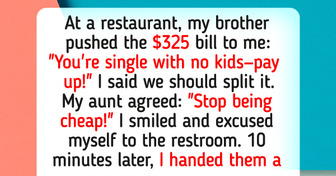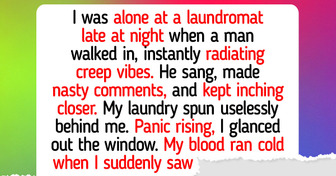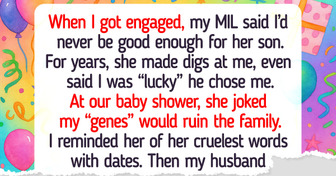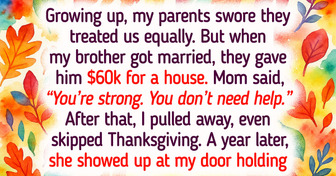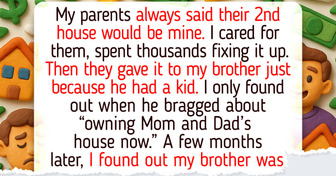12 Life Twists That Feel Like a Rollercoaster With No Seatbelt
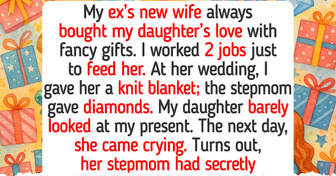
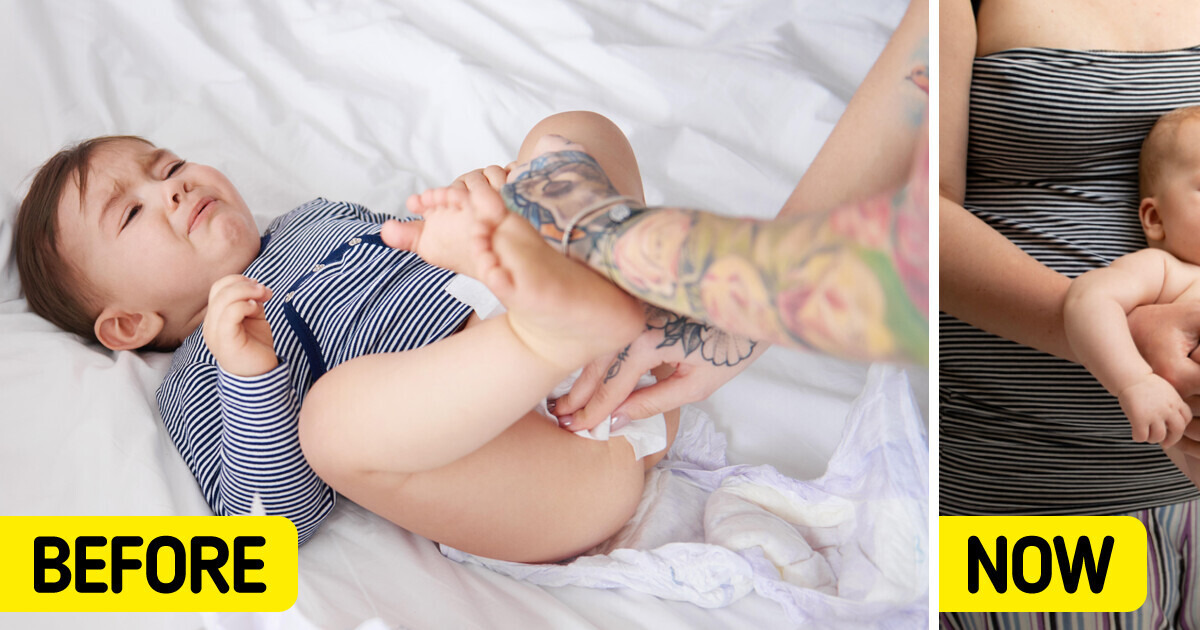
In the vast realm of parenting, where advice often flows like a river, there are occasional stories that make you pause and say, “Wait, what?” One such tale involves the adventurous duo, Montana Lower and Tom Linwood, who made headlines by introducing their 2-week-old baby to the world of diaper-free living through the elimination communication method.
Now, before you raise an eyebrow or picture a scene from a diaper commercial gone wrong, let’s dive into the fascinating world of elimination communication — a method that has been around for centuries but is currently experiencing a revival among modern parents seeking a connection beyond the changing table.
Elimination communication, or EC for short, is a method of potty training that involves observing and responding to your baby’s cues for elimination, such as squirming, grunting, or fussing. You can hold your baby over a potty, a toilet, a sink, or even a bowl, and make a sound or a gesture to signal that it’s time to go. The goal is to help your baby associate the feeling of needing to go with the act of going, and to avoid using diapers as much as possible.
The elimination communication is not a new concept, but rather a traditional practice that is still common in many parts of the world, such as Africa, Asia, and Latin America. Many parents who use EC claim that their babies can be potty-trained by 18 months old, or even earlier. However, there is not much scientific evidence to support the effectiveness or the benefits of EC, and some experts warn that it may cause stress, frustration, or unrealistic expectations for both parents and babies.
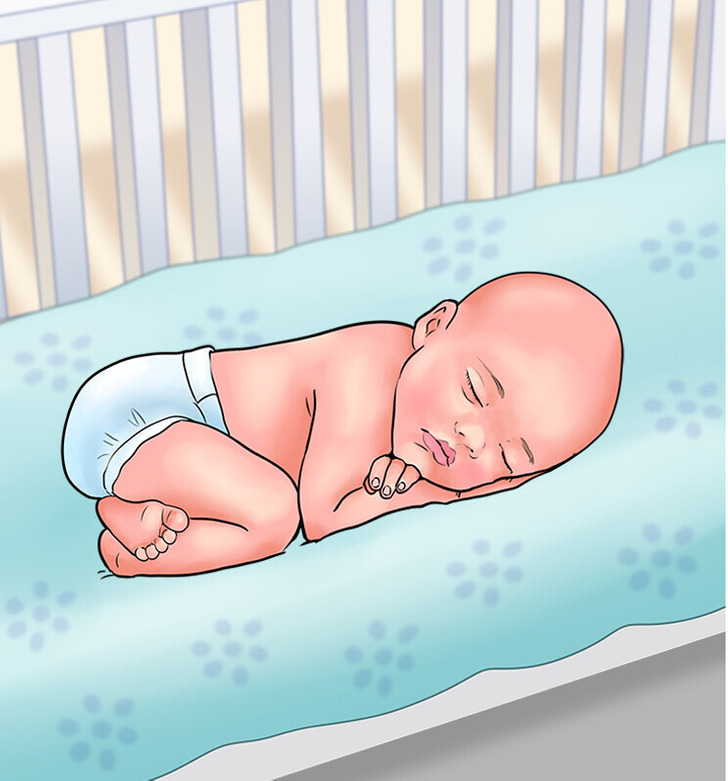
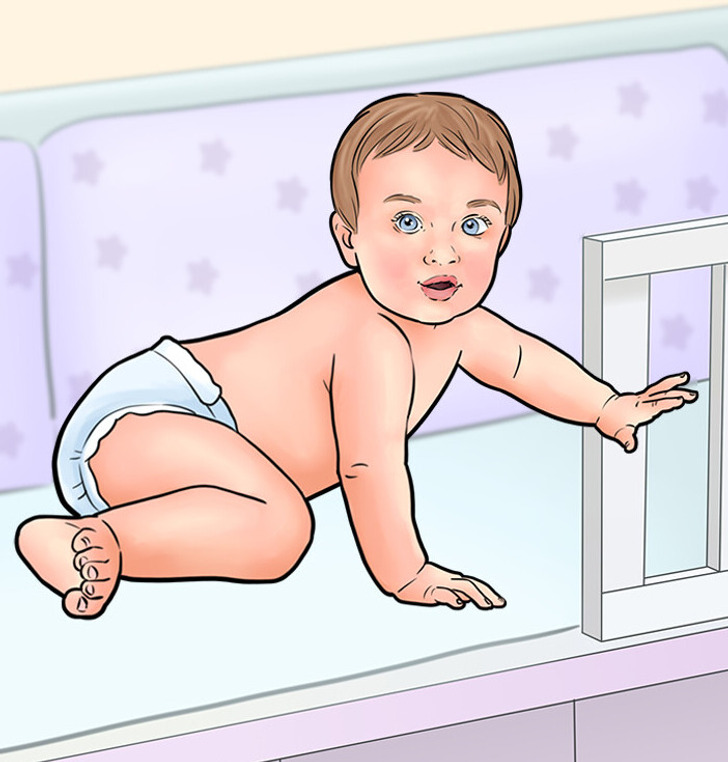
Lower and Linwood said that they decided to try EC after doing some research and finding out that it was a common practice in other cultures. They said that they noticed their daughter Blue’s cues for needing to go to the toilet, and took her to a plastic container that they used as a potty. They said that Blue learned to use the potty in one day, when she was two weeks old, and that she hasn’t pooed in a diaper since then.
The couple said that they still use diapers as a backup, but that they rarely need them. They said that EC has helped them save money and reduce waste, as well as enhance their bond and communication with their daughter. They also said that their daughter is more independent and confident, and that she will not have to unlearn using diapers later.
They shared some tips for other parents who want to try EC, such as dressing the baby in easy-to-remove clothes, getting a portable potty, and taking the baby to the toilet even if they are not sure if they need to go. They also advised starting EC in the summer, when it is easier to keep the baby dry and comfortable.
Meet the second mommy and her 14-week-old little boy, whose accidental journey into Elimination Communication (EC) is a testament to the adaptability and ease of this approach. She shares her story of stumbling into EC and how it seamlessly became a part of their routine, demonstrating that you don’t need to be on constant high alert to practice EC successfully.
From the very beginning, she noticed that her baby would unleash a stream of surprises during nappy changes, leaving both herself and her little one drenched. In response to these unexpected showers, she began holding her baby over the sink during nappy changes as a pragmatic solution. Little did she know that this seemingly impromptu act would evolve into a conscious practice. “As soon as the nappy was off, so we would hold him over the sink instead. We would just do this at nappy changes. Over time after reading the book ‘Nappy Free Baby’, I would also hold him over the potty at times of transition, like after naps, car journeys etc. ”
As she delved into the world of EC, inspired by the book “Nappy Free Baby,” she expanded the scope of their elimination routine. During moments of transition, Sarah would casually hold her baby over the potty. “I can tell sometimes he needs to poo when I know he’s due one, and he goes a bit glassy eyed. But mostly I don’t predict and if he needs to go when I hold him over the potty, he will, and if not, no big deal.” To her delight, the baby started recognizing these cues, attempting to pee when held over the potty. “The weekend he pooed over the toilet for the first time!! It was just by chance, really. It was so cool not to have to change a pooey nappy.”
The joy of avoiding a messy nappy change was a delightful surprise and a vivid example of the freedom that EC can bring. Contrary to the notion that practicing EC requires constant vigilance, the mother emphasizes the casual nature of their approach. “I thought you’d have to always watch your child like a hawk to predict wees and poos, but you can be as casual about EC as you like.”
At a stage when infants typically produce a bowel movement after each feed, this parent adopted a proactive approach by aiming their baby’s tush at a conveniently placed trashcan or the toilet the moment she grunted during a feeding session. What began as a practical solution evolved into a dynamic routine that not only addressed the immediate need for diaper changes but also fostered a unique form of communication between parent and baby.
“It’s been so fun and helped our communication so much. The first few months it was, ’Oh, that’s why you’re crying.’” In the initial months, deciphering a baby’s cries can be a puzzle for many parents. However, with the introduction of EC, the mystery began to unravel, providing insights into the baby’s signals and needs. The parent reflects on the initial phases, where the cries that once seemed mysterious became clear indicators of the baby’s elimination needs.
As the baby grew, the communication between parent and child deepened. The parent describes a seamless transition from interpreting cries to the baby actively signaling the need to use the potty. “Now it’s she signs potty, and I whisk her to her tiny IKEA potty, then she poops in something I just have to dump in the toilet.”
The incorporation of sign language into the routine is a notable aspect of this story. The baby, now capable of expressing the desire to use the potty through signs, showcases the depth of communication achieved through EC. The tiny IKEA potty becomes a familiar ally in this process, making the entire experience convenient and stress-free for both parent and baby. “She’ll be potty-trained soonishly, and I’m so glad. My friend has a 5yo who still can’t poop outside a diaper because the feeling is too weird for him.”
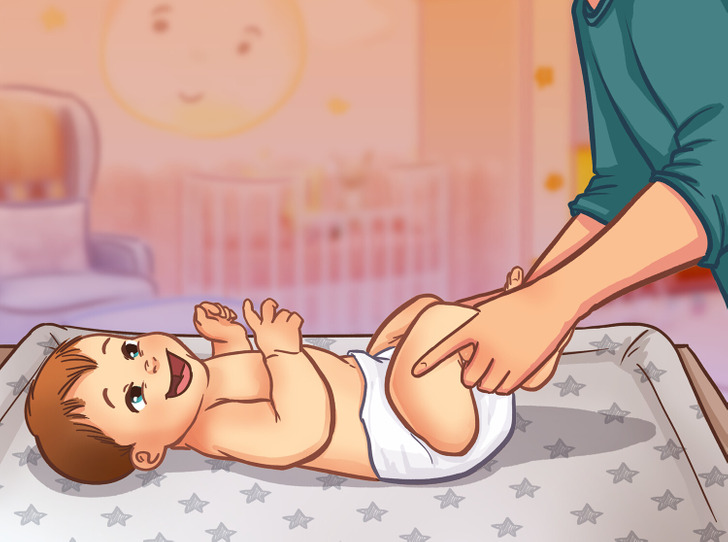
Embarking on the journey of Elimination Communication (EC) at the tender age of 5 months, one determined parent shares a success story that exemplifies the transformative power of this approach, especially when combined with cloth diapers.
“Yep, we started at 5 months in combo with cloth diapers.” The decision to integrate EC into their routine, complemented by the use of cloth diapers, set the stage for a remarkable parenting adventure. Fast-forward to 16 months, and the dedication to EC yielded remarkable results. The parent proudly reveals that their little one could independently use the potty within the confines of their home, taking the initiative without the need for explicit communication. “Definitely paid off. At 16 months, he could independently use the potty in the house without telling us; he’d just go do it.”
The independence displayed at such an early age is a testament to the efficacy of the parent’s commitment to EC. The child’s autonomy in recognizing and responding to elimination needs became a seamless part of their daily routine, showcasing the effectiveness of this holistic approach. “Soon afterwards he started dumping the potty in and flushing it himself.”
The story further unfolds with the child taking on additional responsibilities, a clear indication of their growing autonomy. The little one not only mastered using the potty, but also took on the task of emptying it and flushing it independently—an impressive feat for a child so young. “Now he just turned 2 and is totally potty-trained except at night.”
While our minds are still buzzing with the incredible feat of the young diaper ditchers, brace yourselves for an even more astonishing journey as we unravel the extraordinary story of a 3-day-old newborn who defies the odds by not just crawling but also lifting their head and, unbelievably, beginning to talk. The wonders of infancy continue to leave us in awe!

